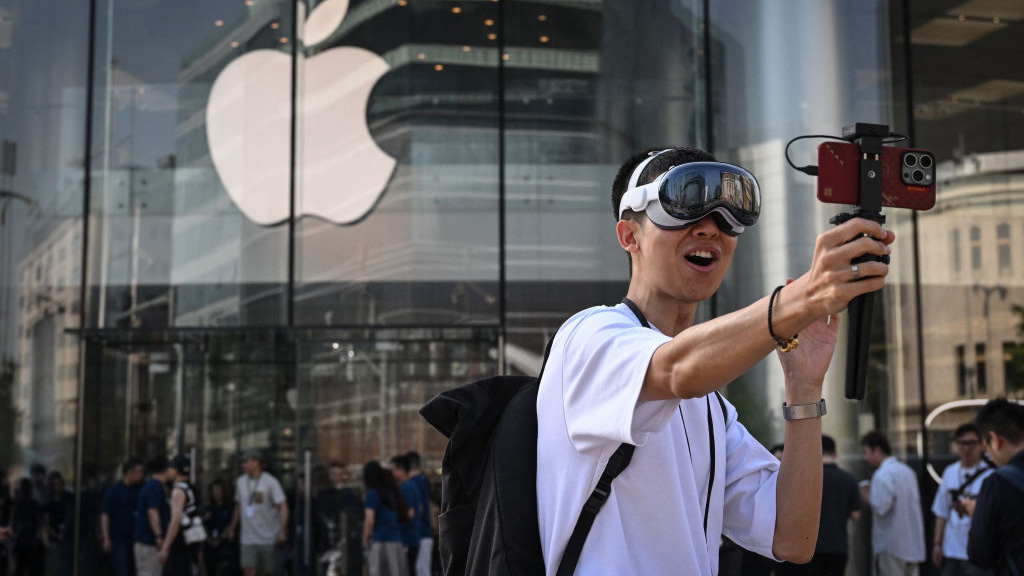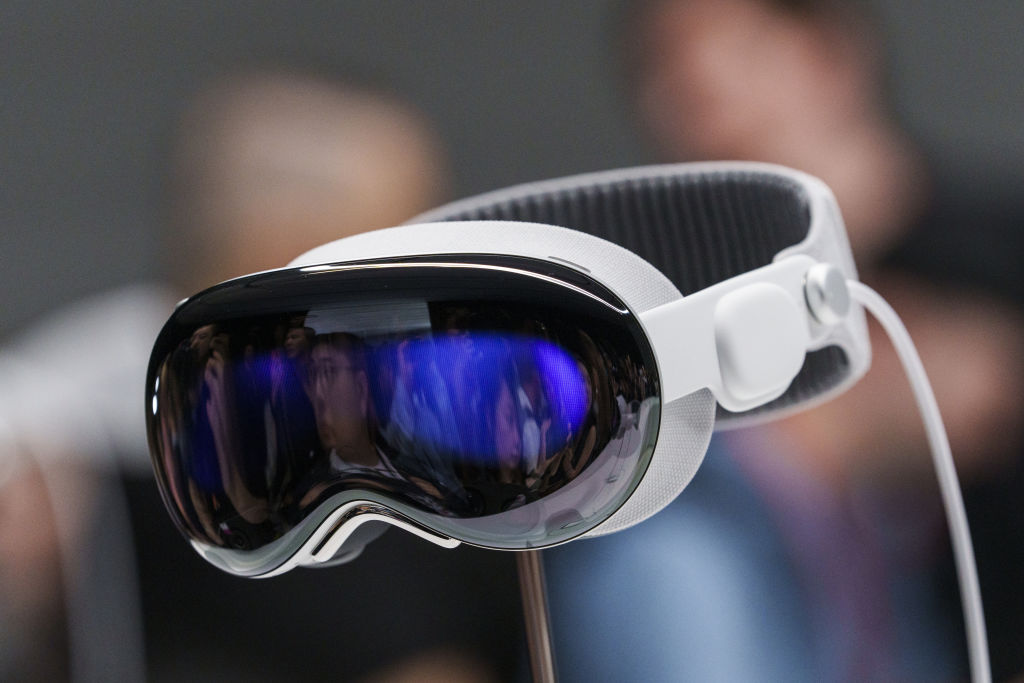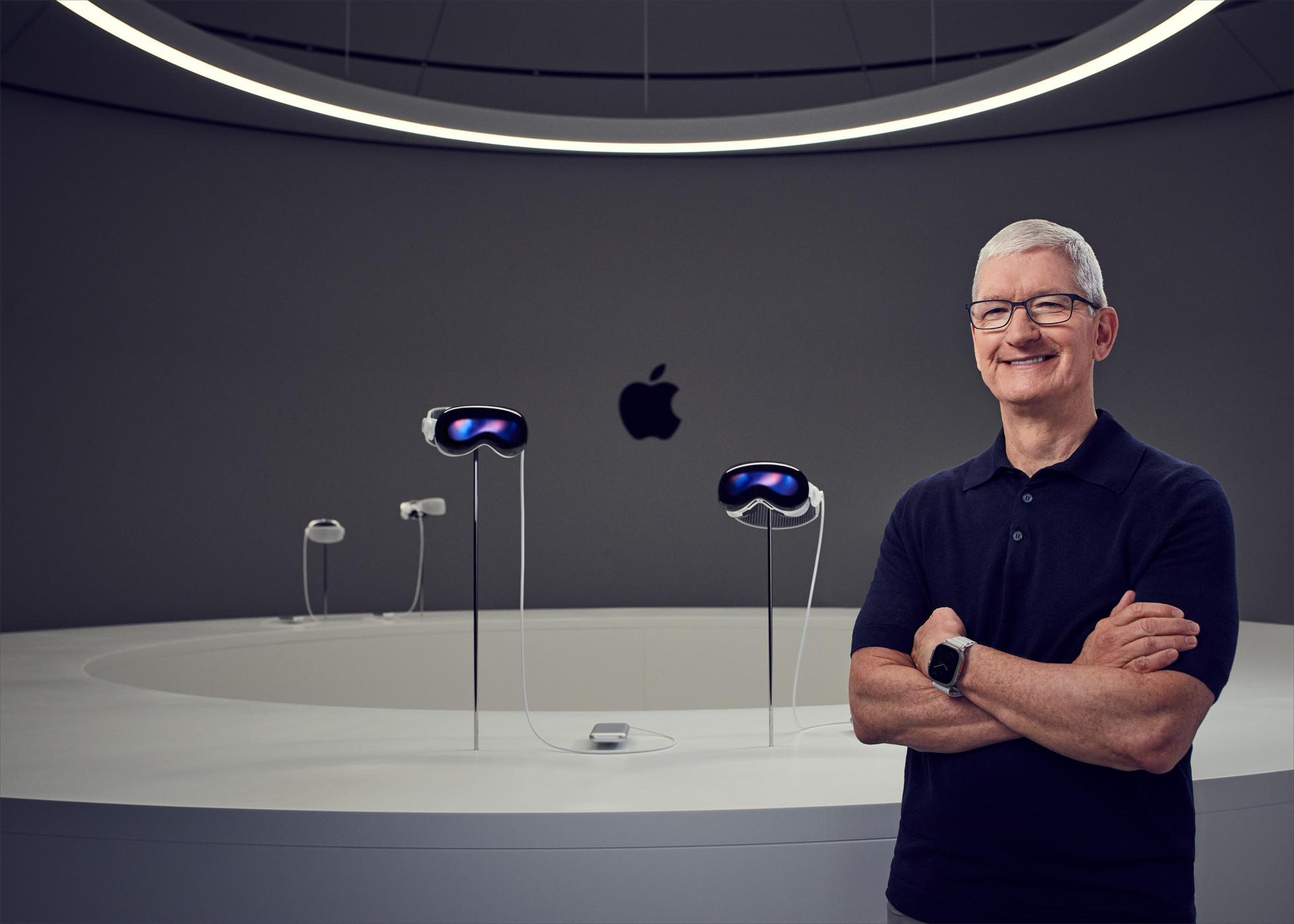One year later, Apple's Vision Pro is more lost than ever
With competition from Samsung, Meta, and more, the Vision Pro has more obstacles to success than ever

Apple's Vision Pro may feel new, but as of this week, it's already one year old.
One year is no time at all by most metrics, but in technology years, a lot can happen — and a lot has.
Since the release of the Vision Pro, Meta launched its Quest 3s (an ultra-affordable XR headset with a lot to offer), and Samsung unveiled a prototype of what will eventually become its Vision Pro competitor, Project Moohan.
Also looming is Android XR, a platform for headsets developed jointly by Google and Samsung.
And all that action is to be expected. XR is an emergent category, and naturally, any company with deep enough pockets wants to get in before it's too late. That's great for anyone excited to get their hands on more XR hardware, but for Apple and its Vision Pro, it means one thing: the pressure is on.
A premium proposition
The expectations for the Vision Pro are, well... high.
Not only is this Apple's first foray into the world of XR and a rare debut of new hardware from the company, but it's also — how should I put this — wildly expensive.
Stay in the know with Laptop Mag
Get our in-depth reviews, helpful tips, great deals, and the biggest news stories delivered to your inbox.
The Vision Pro debuted at an eye-watering $3,500, making Meta's failed Quest Pro headset, which had an MSRP of $1,500, seem tame. However, in Apple's proposition, that premium is worth it for several reasons.
One reason is that the Vision Pro offers one of the best XR displays money can buy — a micro-OLED screen with 23 million pixels that, in my experience with the headset, blows the Quest 3 out of the water, objectively and anecdotally.
Secondly, there's Apple's vision of "spatial computing." In Apple's eyes, the Vision Pro isn't just a device for watching immersive content or playing XR games. It's also meant to be a general computing device you wear on your face.
That means Apple is positioning the Vision Pro not just as a premium headset but as an alternative to your MacBook. It has Apple's ecosystem of apps and a UI designed to streamline the headset-using process.
That's a tall order for a first-ever in an Apple product category or any headset, for that matter. And the results of that lofty endeavor? Well, they've been less than extraordinary.

The way of the Apple Watch
Needless to say, the Vision Pro hasn't quite taken off yet.
Late last year, Apple reportedly scaled back the production of its headset amid tepid demand. It's only been a year since its release, so it'd be premature to sound alarm bells just yet, but clearly, the Vision Pro has some room for growth.
If recent reports of Apple's scrapped smart glasses are any indication, the company's XR experiment is not exactly going according to plan.
In some ways, Apple's headset harkens back to the release of the Apple Watch, which — while ubiquitous now — was seemingly a device without any real direction.
Sure, you could use some apps and receive text messages, but at the end of the day, the Apple Watch landed more as a redundant companion to your iPhone than a true, standalone gadget of its own. That perception, however, has since changed.
Thanks to health tracking in particular (and some much-needed ingenuity in UI) the Apple Watch has a unique identity in Apple's ecosystem of hardware.
That's all to say that, yes, the Vision Pro is searching for an identity now, but that doesn't mean that it's doomed for failure. Then again, it doesn't make it destined for success either.
A few major obstacles could prevent Apple from turning the Vision Pro around
The way I see it, a few significant obstacles could prevent Apple from turning the Vision Pro around. One I've already mentioned is the price.
Apple has built a whole business around justifying a premium, but when it comes to headsets, that proposition may be much tougher to sell. As lovely as the Vision Pro is from a hardware and software perspective, it's still not a device anyone needs.
Sure, it can do a lot of what your MacBook does and is a game console and technically a TV to boot, but it's still not as good at doing any of those things as the comparative devices individually.
That means the Vision Pro is a toy — and an expensive one — and few people are clamoring to spend $3,500 on one. There are scores of discussion threads online about the price. (Here's just one from Hacker News.)
Then there's the competition. While the Vision Pro finds its purpose, competitors are making headway by incorporating elements of Apple's headset.
Samsung's Project Moohan, for example, appears to have a similar UI and input method — two things that make the Vision Pro unique. And that does not even count how similar the two look.
Meanwhile, Meta has moved even further into driving the price down of its Quest headset, with the Quest 3S clocking in at just $299. That means Apple's Vision Pro faces competition on all sides — from aggressive pricing to hardware and software.
There are still rumors that Apple is working to drop the price of its Vision Pro down with a Vision Pro S or Vision Pro Air, but it's safe to say that one year later, the clock is ticking. Apple is no stranger to competition, but when it comes to XR, things are more like the Wild West, and if the Vision Pro doesn't draw quickly enough, plenty of companies are ready to outgun it.

James is Senior News Editor for Laptop Mag. He previously covered technology at Inverse and Input. He's written about everything from AI, to phones, and electric mobility and likes to make unlistenable rock music with GarageBand in his downtime. Outside of work, you can find him roving New York City on a never-ending quest to find the cheapest dive bar.
You must confirm your public display name before commenting
Please logout and then login again, you will then be prompted to enter your display name.
